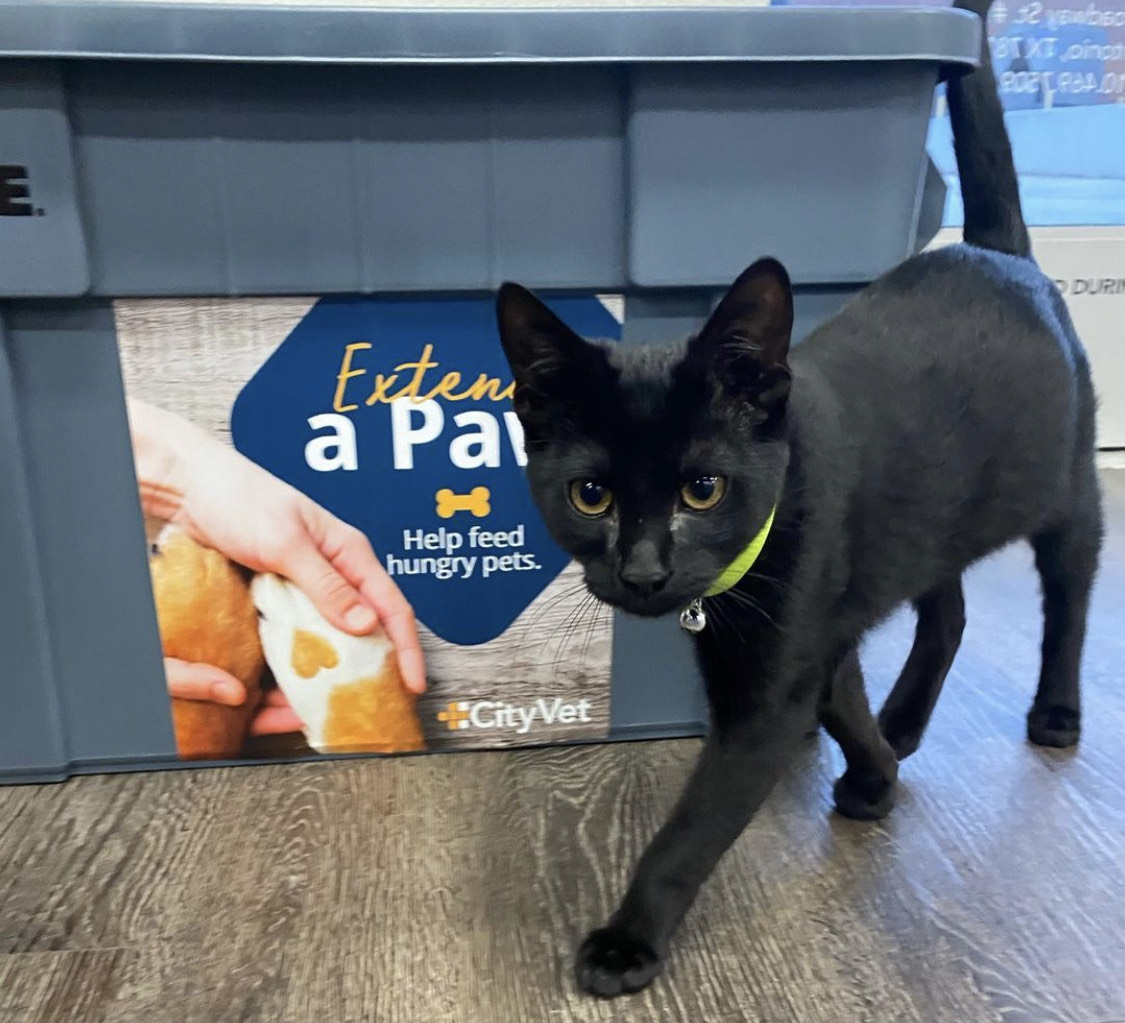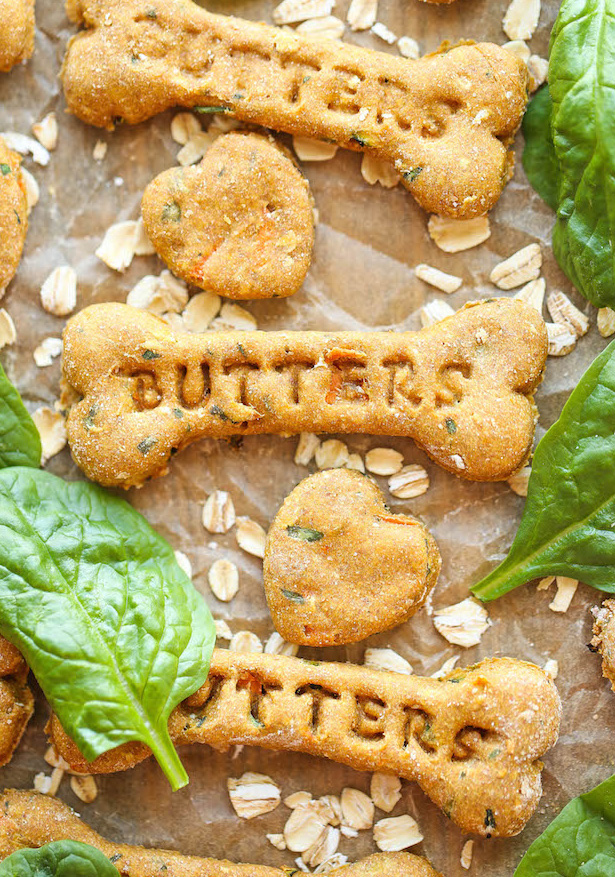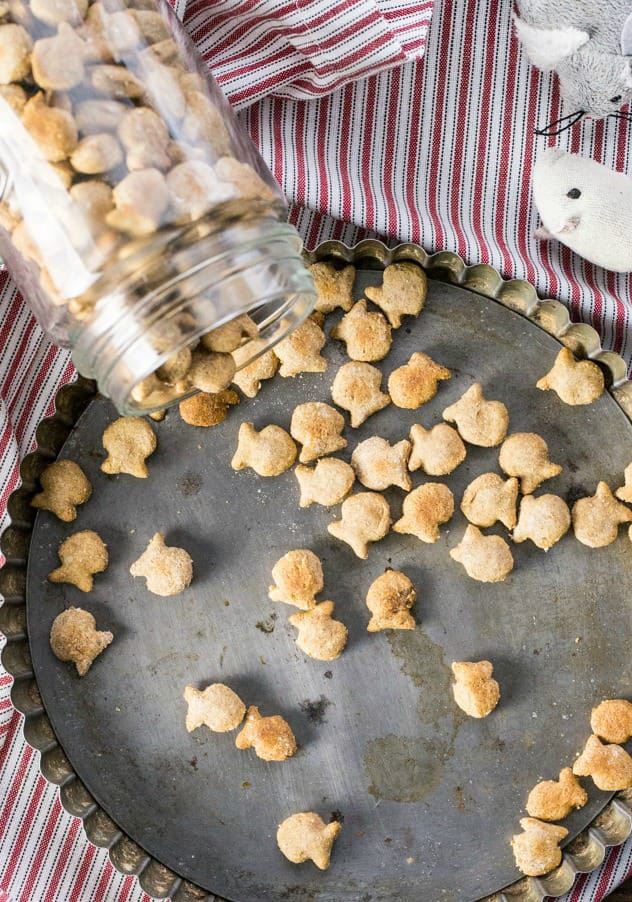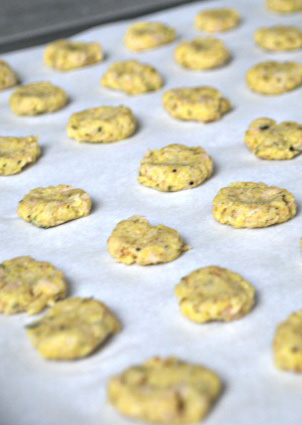Crate training is an effective way to train your dog and provide them with a safe and comfortable space of their own. They can go to their kennel when feeling stressed or anxious, and the enclosed space of a crate can prevent them from wandering the house and getting into things they shouldn’t.
1. Benefits of Crate Training
Crate training has several benefits for both you and your pup. A crate can provide your dog with a safe, secure place to relax, rest, and decompress, especially when you’re not home. It can help with housebreaking and prevent destructive behaviors, as your dog won’t be able to chew on furniture and other non-toy items in the home. Additionally, a crate can help your dog when traveling with your dog or during vet visits!
2. Choosing the Right Crate
When choosing a crate for your dog, consider their size and weight, as well as their personality and behavior. A crate should be large enough for them to stand up, turn around, and lie down comfortably, but not so large that they can use one area for sleeping and the other for potty purposes. Some dogs may prefer an open-wire crate, while others may feel more secure in an enclosed crate. Whichever you choose, make sure it’s sturdy and safe.
3. Introducing Your Dog to the Crate
Introduce your pup to the crate gradually and in a positive manner. Place the crate in a quiet area of your home and leave the door open, allowing your dog to explore and sniff around the crate. Once they have satisfied their curiosity, begin feeding them meals inside and give lots of treats and praise when they enter voluntarily. Gradually increase the amount of time your dog spends in the crate until they are comfortable for longer periods when you must leave or if you plan to kennel them at bedtime. Choose a command to tell them it’s time to enter the crate and make sure other members of your household use the same command to be consistent.
4. Crate Training Do’s and Don’ts
There are some important do’s and don’ts to keep in mind when crate training your dog. Do make the kennel a comfy and positive space for your dog. Do not use it as punishment or leave your dog in the crate for extended periods of time. Make sure to provide enough exercise, stimulation, and attention outside of the crate daily. Never force your dog into the kennel or use it as a substitute for training or socialization.
Crate training can be a positive way to train your dog and provide them with a safe space. With patience and consistency, your dog can learn to love their crate and make it their very own cozy space.
Taking a road trip with your dog can be an exciting and memorable experience! Tails wagging, tongues rolling, laughter, and having your best friend by your side can make all the difference on a long car ride. However, it requires careful planning to ensure that both you and your pet have a safe and fun journey. Here are some tips and best practices for road-tripping with your dog.
1. Choose Dog-Friendly Destinations and Accommodations
When planning a trip out of town, it’s important to pick pet-safe and pet-friendly destinations and accommodations if you plan on bringing your furry friend. Research is key! Look for hotels, Airbnbs, or campsites that allow canines, and learn about some of the pet-friendly places and activities in that specific area. Many places have pet restrictions, so be sure to check out their policies before making the trek with your pup. If staying with family or friends, make sure they are aware your dog will be joining you and that they have the space and capacity to accommodate them.
2. Prep Your Pup for the Trip
Before hitting the road, try to gauge how comfortable your dog is with car rides. Do they get nervous? Shaking, whining, and drooling can be signs they are anxious. Take short rides with them to get them accustomed to being in the car for extended periods. If they’re a nervous rider, you can talk to your vet about safe anxiety remedies. Motion sickness may also be an issue, especially on extended car rides. Your vet can prescribe medication to help with car sickness.
Pack all their essentials in advance. Make a checklist with necessities such as food, water, bowls, leash/harness, medications, toys, treats, and a comfy bed or crate where they can sleep or decompress. Additionally, check with your vet that they are up-to-date on all vaccinations and have their collar on with an ID tag attached.
3. Guarantee a Safe and Comfy Ride
Make sure your dog is secure during the drive. Use a pet carrier or seatbelt harness to keep them in place and prevent them from moving around too much when on the road. The back seat is the safest place for your dog and be sure to not open the window to the point they could jump out. Even if your pup has ridden with his head out the window before, on long car rides pets can become anxious, and their behavior can change.
As far as comfort, make sure to take plenty of potty breaks along the way and let them stretch their legs. If your dog is an active breed, schedule out some time to stop by a park or running trail where you can get some of their energy out with a game of fetch or a walk. Double check you packed plenty of food and that they have access to plenty of fresh water.
Never, ever leave your pet alone in the car! The internal temperature of a car can rise and fall much faster than it does outside, and they’re at risk of theft if left alone.
4. Prepare for Emergencies
No matter how much planning you do to ensure the road trip is fun and safe for your dog, sometimes emergencies can happen. Be prepared with a pet first-aid kit and contact info for emergency veterinary clinics along your route. Keep a recent photo of Fido on hand in case they get lost.
Cats have a reputation for being independent and self-sufficient creatures, but like all pets, they can get sick. As a cat owner, it’s important to be aware of the signs that your pet might be unwell and what options you have to keep them happy and healthy. If you become aware of any of the following signs in your cat, take notice.
1. Change in Appetite
If your cat suddenly stops eating or begins eating more than usual, it can be a sign that something is wrong. Possible reasons may be dental issues, digestive issues, or even something more serious like cancer. For example, dental issues can make it painful for a cat to eat hard food, causing them to lose their appetite. On the other hand, if your cat is eating much more than normal, it could be a sign of endocrine dysfunction. Or in some cases, like gastrointestinal problems such as inflammatory bowel disease, there can be both over-eating and under-eating at different stages of illness.
2. Change in Behavior
Abnormal hiding is a tell-tail sign your cat isn’t feeling well. Changes in activity levels, i.e. if your cat becomes more lethargic or less active than usual, is another sign that something is off. Cats who are feeling pain or discomfort may sleep more, move less, and be less interested in play or interaction with their owners. Additionally, if your cat becomes more vocal or start displaying aggression, it could be an indication of an underlying health problem. Cats will exhibit these changes in behavior to express their discomfort and/or pain.
3. Change in Grooming
Cats are fastidious groomers, so if you notice your cat has stopped grooming itself or has a matted coat, it could indicate they’re feeling ill. Cats who are sick may not have the energy or motivation to groom themselves, leading to a dirty and matted coat.
4. Change in Litter Box Habits
If your cat starts to urinate or defecate outside of the litter box, it could be a sign of a urinary tract infection or another health issue. Cats with urinary tract infections may associate the litter box with pain, leading to an avoidance of the box. Additionally, if a cat has a gastrointestinal issue, it may cause them to have diarrhea or constipation, which can also lead to an aversion to the litter box.
5. Change in Appearance
If you notice any lumps, bumps, or changes in your cat’s coat, such as hair loss, it could be a sign of a serious health problem. This can indicate a more serious condition such as cancer, and it’s a good idea to have your cat examined by your veterinarian as soon as possible.
Contact Your Veterinarian
It is important to note that these signs can be caused by many different things and in some cases, it may be something minor. Introducing a new pet into the home or a change of environment may cause your cat’s behavior to change temporarily. However, if you notice a change in appetite, behavior, grooming, habits, or appearance, it’s better to be on the safe side and consult with your veterinarian about your cat’s health.
Cats, like all animals, can be prone to certain diseases. If you’re a cat parent, it’s important to be aware of the most common diseases in cats and learn how to spot and prevent them. When ill, your feline companion may exhibit signs of stress, such as changes in weight, behavior, and appearance. By understanding some of the common health issues that can affect cats, you can take the necessary steps to ensure your cat stays healthy.
Upper respiratory infections
Cats are prone to upper respiratory infections, which are caused by viruses, such as feline herpesvirus and calicivirus and can sometimes have secondary bacterial infections. These infections can cause symptoms such as sneezing, runny nose, and eye discharge. Upper respiratory infections are highly contagious, so it’s important to keep your cat isolated from other pets and animals if they are showing symptoms. Veterinarians can best identify and recommend treatments that can help.
Dental disease
Just like humans, cats can also suffer from dental disease. This can lead to tooth decay and loss, bad breath, and even heart and kidney problems. Regular dental check-ups and cleanings can help prevent dental disease and keep your cat’s pearly whites healthy.
Hyperthyroidism
Hyperthyroidism is a common endocrine disorder that typically affects older cats. It is caused by an overactive thyroid gland which causes the body’s metabolism to speed up, resulting in weight loss, increased appetite, and hyperactivity. Treatment options include medication, surgery, and radioactive iodine therapy.
Diabetes
Diabetes is a common disease in felines, and is characterized by a deficiency in insulin, a hormone that regulates blood sugar levels. Symptoms of diabetes may present as increased thirst, increased urination, and weight loss. In most cases, this disease can be managed by insulin injections and dietary management.
Feline Leukemia (FeLV)
This disease is caused by a virus and can be transmitted through close contact with other cats. Symptoms are wide and vairied, and can include changes in blood counts and increased susceptibility to other infections and certain types of cancer. Testing can be done easily by your veterinarian who can also recommend preventive measures (i.e. vaccination).
Feline Immunodeficiency Virus (FIV)
FIV is caused by a virus that attacks a cat’s immune system. This virus can be transmitted through bites and scratches. Lethargy, weight loss, and susceptibility to infection can all be symptoms of FIV. There is no cure, but early detection and management can help prolong your cat’s life.
Prevention
It’s important to note that regular check-ups and vaccinations can help prevent many of these diseases. If your cat is showing any of the above symptoms or showing other signs that they are unwell, it’s a good idea to have them checked out by your veterinarian, who can administer proper diagnosis and treatment.
Join us for a pet-friendly day at our new location at Phillips Creek!
Join us for a fun-filled day at our Valentine’s Day Grand Opening event! Bring your furry friends and enjoy a variety of activities including a themed photobooth, the coolest vintage car-bar serving beer and cocktails, exciting games, and chances to win great prizes. Treat your pets to some delicious treats from the Pet Treat Truck while you mingle with our team and check out our clinic!
Date & Time:
Sat, December 17, 2022
12:00 PM – 3:00 PM CST
Location:
CityVet-Phillips Creek
415 Lebanon Rd
Frisco, TX 75036
This holiday season, CityVet is partnering with local rescues and shelters to extend a paw and help feed hungry pets. From now until December 18th, CityVet is accepting unopened dry or wet dog and cat food at select CityVet locations near you.
Each of our amazing Doctors of Veterinary Medicine at each location has selected a local charity or shelter that is near and dear to their hearts. Through this initiative, anyone is able to give back and foster deep relationships with the local communities that mean the most to them.
Donation boxes are open at select CityVet and RuffIt locations. Find your location below and check out one of the many local organizations our team is giving back to this holiday season.
Below is a list of CityVet locations and their chosen corresponding charities.
DFW Locations
- Uptown: CityVet & Ruffit – Angie’s Friends
- Flower Mound: CityVet & Ruffit – Senior Paws Program Meals on Wheels Denton County/SPAN Inc
- OakLawn: Ruffit – Operation Kindness
- Oak Lawn: CityVet – Dallas Dogrr
- Mansfield: CityVet – Mansfield Animal Control
- Frisco: CityVet – The Colony Shelter
- Prosper: CityVet – Operation Kindness
- Windhaven: CityVet – Cane Rosso Rescue
- Preston Hollow: CityVet – Operation Kindness
- Addison: CityVet – The Street Dog Project
- Cedar Hill: CityVet – Tricity animal shelter
- Preston Park: CityVet– Operation Kindness
- White Rock: CityVet – Cane Rosso/ The Street Dog Project
- Las Colinas: CityVet – DFW Humane society
- Preston Forest: CityVet – Dogs Matter
- South Hulen: CityVet – Scrufflands
San Antonio Locations
- River City Animal Companion Hospital – PAWSA
- Alamo Heights: CityVet – Alamo Heights Humane Society
Colorado Locations
- Highlands Ranch: CityVet – Buddy Center – Dumb Friends League
Donation to any of the participating charities is greatly appreciated. CityVet thanks you for your support helping pets in need.

Need ideas? Here’s some easy Pet Treats for your furry babies!

These pumpkin sweet potato dog treats are simple to make and perfect for fall! Your pup will love them!

These treats are nutritious, healthy, and easy to make. Zucchini is high in fiber, and low in fat and cholesterol.

Homemade treats are great for your pup because you know exactly what goes into the recipe. These chews are sure to be a favorite for the dogs in your life.

Homemade treats are a fun way to show your cats how much you love them! This 3 ingredient salmon cat treat recipe will be a hit with your feline friends.

This tasty Catnip Cat Treats Recipe, is simple to make and will have your kitty begging for more.

These treats are great for the holidays or any celebration and your cats will be purring for more!
Join us for this holiday event and snap a photo of your pet with Santa!
Explore our clinic and meet our team! Bring your pet to take a photo with Santa to have a holiday keepsake. There will be tons of fun for your pet, including holiday treats and paw print ornaments. Indulge in our hot cocoa bar and walk away with a goodie bag!
Date & Time:
Sat, December 17, 2022
12:00 PM – 3:00 PM CST
Location:
CityVet-Mansfield
3311 E Broad St Suite 109
Mansfield, TX 76063
Explore our clinic and meet our team! Bring your pet to take a photo with Santa to have a holiday keepsake. There will be tons of fun for your pet, including holiday treats and presents. Indulge in our hot cocoa bar and walk away with an ornament and a goodie bag!
Date & Time:
Sat, December 17, 2022
1:00 PM – 4:00 PM CST
Location:
CityVet-Alliance
9633 N Fwy
Fort Worth, TX 76177
Join us for a PET-FRIENDLY fun day at our Highland Ranch grand opening! on Saturday, November 16th from 12pm – 3pm.
Explore our clinic and meet our team! There will be tasty fall treats, such as popcorn and cotton candy. Bring the whole family and enjoy carnival games, face painting, balloon animals, a magic show, and more! At the end of the carnival, walk away with some prizes and a goodie bag.
Date & Time:
Sat, November 12, 2022
12:00 PM – 3:00 PM MST
Location:
CityVet Highlands Ranch
9567 S University Blvd a101
Highlands Ranch, CO 80126